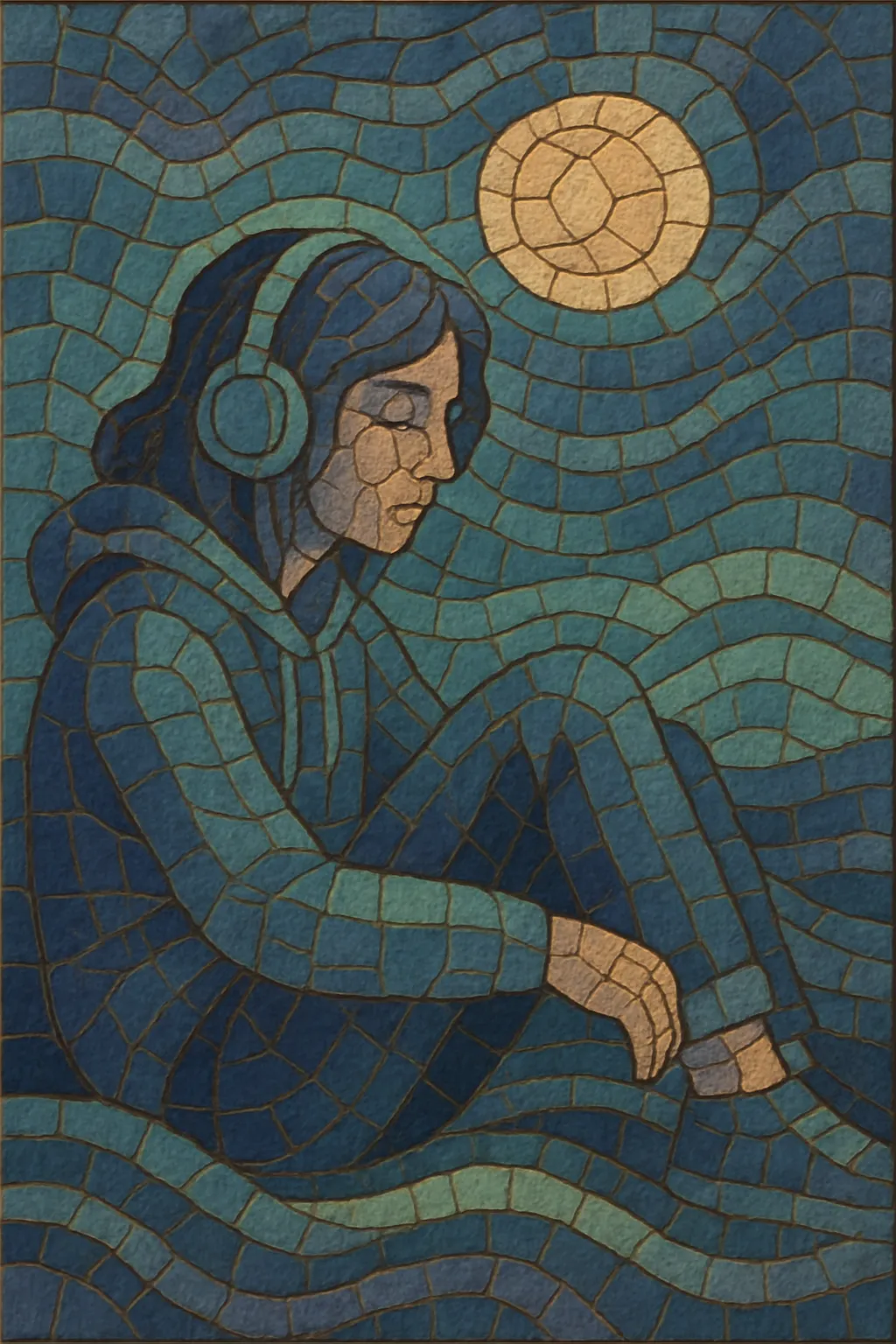Chillstep is a mellow, melodic offshoot of dubstep that emphasizes atmosphere, emotion, and cinematic sound design over aggressive bass modulation. It retains dubstep’s half-time rhythmic feel but replaces abrasive wobbles with warm subs, airy pads, and gently evolving textures.
Typical tracks sit around 140 BPM (often felt as a spacious 70 BPM half-time groove), blending downtempo pacing with ambient spaciousness. You’ll often hear reverb-laden vocals, delicate piano or guitar lines, soft arpeggios, and field recordings, all arranged to create a soothing, introspective mood rather than a dancefloor peak.
Chillstep emerged as dubstep diversified beyond its darker, club-focused origins. Artists working in post-dubstep and future garage blurred boundaries with ambient and downtempo, setting the stage for a softer, more melodic approach. Early experiments prioritized emotive harmony, lush pads, and subdued bass, shifting the focus from dancefloor impact to headphone introspection.
The genre found its audience primarily online. YouTube channels and streaming communities popularized the sound with striking visuals and curated mixes. Key releases by producers like Blackmill and Phaeleh brought wider attention, while labels and collectives in the broader bass music ecosystem (including Monstercat-affiliated artists) helped normalize chillstep alongside melodic and cinematic bass styles. This period established many of the style’s hallmarks: half-time grooves, enveloping reverbs, intimate vocal chops, and warm, legible sub-bass.
Chillstep intertwined with neighboring styles—melodic dubstep, future garage, and future bass—sharing sound design techniques (sidechained pads, airy leads) and songcraft (slow-blooming drops, vocal-centric arrangements). Producers increasingly integrated organic instrumentation (pianos, guitars, strings) and foley textures to deepen the cinematic feel.
While less trend-driven than peak-era bass music, chillstep persists as a playlist-friendly, mood-forward niche. It thrives in study/sleep/relax contexts and as a bridge between ambient, lo-fi, and melodic bass. The sound remains defined by gentle half-time rhythms, emotive progressions, and immersive spatial design.


